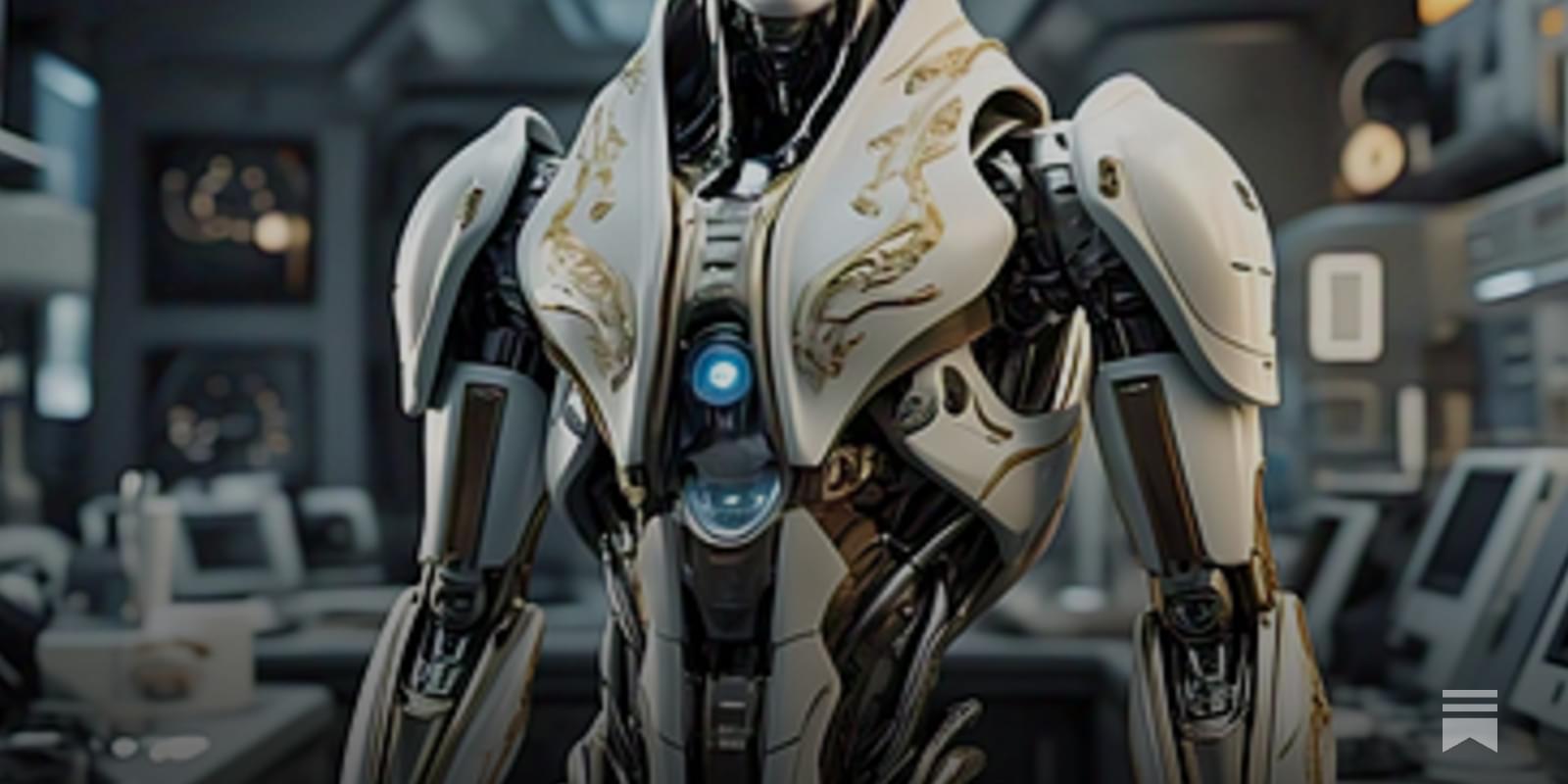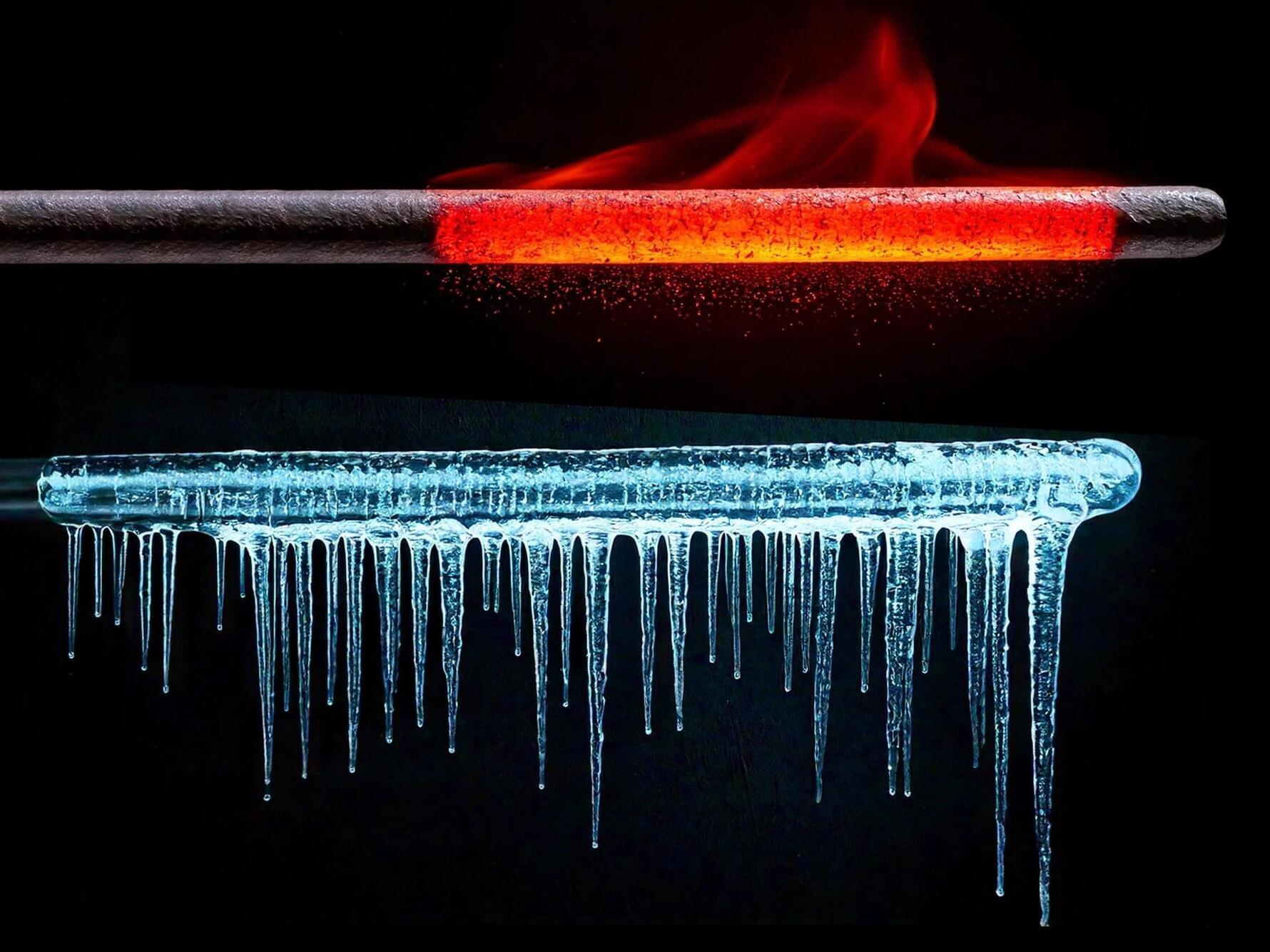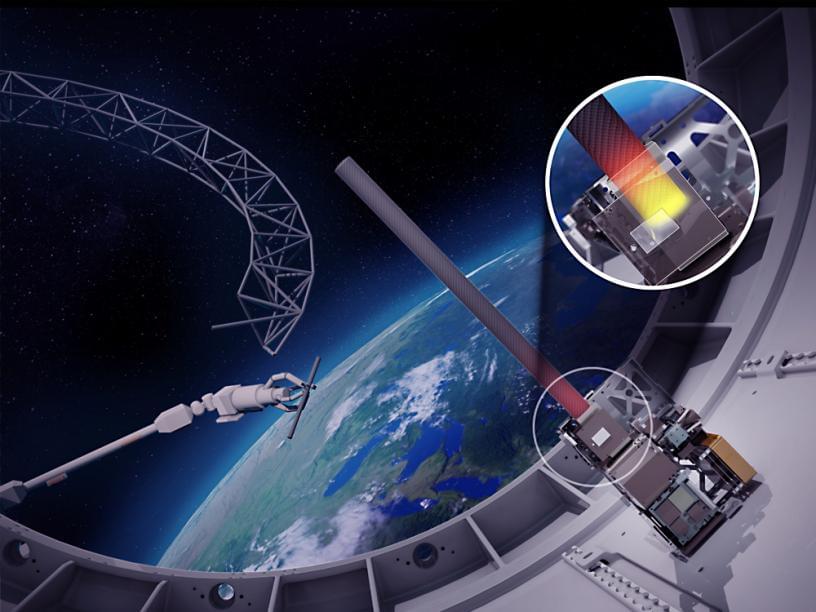Listen to Posthuman Psychology.



Join us on Patreon! https://www.patreon.com/MichaelLustgartenPhD Timestamps are pinned belowDiscount Links/Affiliates: Blood testing (where I get the majorit…

Possible beginnings of the Economic Singularity 🤖
“A seemingly endless wave of mass layoffs is ravaging the tech industry as startup fails skyrocket and tech giants shovel their operating budgets into the AI furnace.”
Silicon Valleys software engineers are finding their previously ironclad careers crumbling under the growing cost of AI development.

Astronomer Calvin Leung was excited last summer to crunch data from a newly commissioned radio telescope to precisely pinpoint the origin of repeated bursts of intense radio waves—so-called fast radio bursts (FRBs)—emanating from somewhere in the northern constellation Ursa Minor.
Leung, a Miller Postdoctoral Fellowship recipient at the University of California, Berkeley, hopes eventually to understand the origins of these mysterious bursts and use them as probes to trace the large-scale structure of the universe, a key to its origin and evolution. He had written most of the computer code that allowed him and his colleagues to combine data from several telescopes to triangulate the position of a burst to within a hair’s width at arm’s length.
The excitement turned to perplexity when his collaborators on the Canadian Hydrogen Intensity Mapping Experiment (CHIME) turned optical telescopes on the spot and discovered that the source was in the distant outskirts of a long-dead elliptical galaxy that by all rights should not contain the kind of star thought to produce these bursts.

In today’s AI news, Galileo launched an Agent Leaderboard on Hugging Face, an open-source AI platform where users can build, train, access, and deploy AI models. The leaderboard is meant to help people learn how AI agents perform in real-world business applications and help teams determine which agent best fits their needs.
In other advancements, Bloomberg reported Friday that xAI is canvassing existing investors, including Sequoia Capital, Andreessen Horowitz, and Valor Equity Partners for the round, which would bring xAI’s total raised to $22.4 billion, according to Crunchbase. Bloomberg also noted that discussions are ongoing and that the terms of the fundraising round may change.
Ve done mobile app development will know how challenging it can be to deliver the right kind of experience on a smartphone. + And, while speaking with former U.K. Prime Minister Tony Blair at the World Governments Summit in Dubai on Wednesday, Oracle cofounder and executive chairman, Larry Ellison said that while government organizations collect massive amounts of data, it is highly fragmented, making it hard to feed it into an AI model.
In videos, the Imagination in Action video series from Davos 2025 is being uploaded and we’re featuring the sessions in today’s newsletter. First we dive into an in-depth panel discussion featuring AI visionaries Max Tegmark, Demis Hassabis, Yoshua Bengio, Dawn Song, and Ya-Qin Zhang. In this engaging conversation, the experts unpack the distinctions between narrow AI, AGI, and super intelligence …
And, an expert panel explores how regulation can drive innovation in AI, featuring perspectives from panelists: Robert Mahari, JD-PhD at Massachusetts Institute of Technology and Harvard Law School, Pablo Arredondo, Vice President of CoCounsel at Thomson Reuters and Founder of Casetext, Part of Thomson Reuters, Julia Apostle, Partner at Orrick, Herrington & Sutcliffe LLP, Gabriele Mazzini, Fellow at MIT Connection Science and Architect of EU AI Act.
Then, join AI pioneer Andrew Ng as he breaks down how artificial intelligence is moving beyond the hype to deliver tangible business results.
In this exclusive conversation with Link Ventures’ John Werner at Davos 2025, Andrew explains how AI innovations are saving costs—from making ships 10% more fuel efficient to boosting profitability in pricing analytics and legal compliance.

This process, which cannot be understood satisfactorily by classical physics alone, occurs constantly in green plants and other photosynthetic organisms, such as photosynthetic bacteria. However, the exact mechanisms have still not been fully elucidated. Hauer and first author Erika Keil see their study as an important new basis in the effort to clarify how chlorophyll, the pigment in leaf green, works.
Applying these findings in the design of artificial photosynthesis units could help to utilize solar energy with unprecedented efficiency for electricity generation or photochemistry.

Most metals expand as their temperature rises. The Eiffel Tower, for example, stands about 10 to 15 centimeters taller in summer than in winter due to thermal expansion. However, this effect is highly undesirable for many technical applications. As a result, researchers have long sought materials that maintain a constant length regardless of temperature. One such material is Invar, an iron-nickel alloy known for its extremely low thermal expansion. The physical explanation for this property, however, remained unclear until recently.
Now, a collaboration between theoretical researchers at the Vienna University of Technology (TU Wien) and experimentalists at the University of Science and Technology Beijing has led to a significant breakthrough. Using complex computer simulations, they have unraveled the invar effect in detail and developed a so-called pyrochlore magnet—an alloy with even better thermal expansion properties than Invar. Over an exceptionally wide temperature range of more than 400 Kelvins, its length changes by only about one ten-thousandth of one percent per Kelvin.


Based on outstanding technical progress by research teams to date, DARPA has pivoted the third and final phase of its NOM4D (pronounced nō- mad) program[1] from planned further laboratory testing to conducting a pair of small-scale orbital demonstrations to evaluate novel materials and assembly processes in space.
As commercial space companies continue to expand access to orbit for U.S. economic and national security needs, a major roadblock for building large-scale structures in orbit remains: the size and weight limits imposed by a rocket’s cargo fairing. In 2022, DARPA introduced NOM4D to break this cargo-constraint mold by exploring a new paradigm. Instead of folding or compacting structures to fit them into a rocket fairing to be unfurled or deployed in space, DARPA proposed stowing novel lightweight raw materials in the rocket fairing that don’t need to be hardened for launch. The intent of this approach is to allow in-orbit construction of vastly larger and more mass-efficient structures than could ever fit in a rocket fairing. Additionally, this concept enables mass-efficient designs of structures that would sag under their own weight on Earth but are optimized for the low-gravity environment of space.
“Caltech [California Institute of Technology] and the University of Illinois Urbana-Champaign have demonstrated tremendous advances in the first two phases and have now partnered in Phase 3 with space-launch companies to conduct in-space testing of their novel assembly processes and materials,” said Andrew Detor, DARPA NOM4D program manager. “Originally, Phase 3 was going to be about making things more precisely in the lab than we did in Phase 2. But we said, ‘You know, the maturity is there, and there would be more impact if we took the capabilities we have now and actually go demonstrate them in space to show that it can be done.’ Pushing the performers to do a demo in space means they can’t just sweep challenges under the rug like they could in a lab. You better figure out how it’s going to survive in the space environment.”